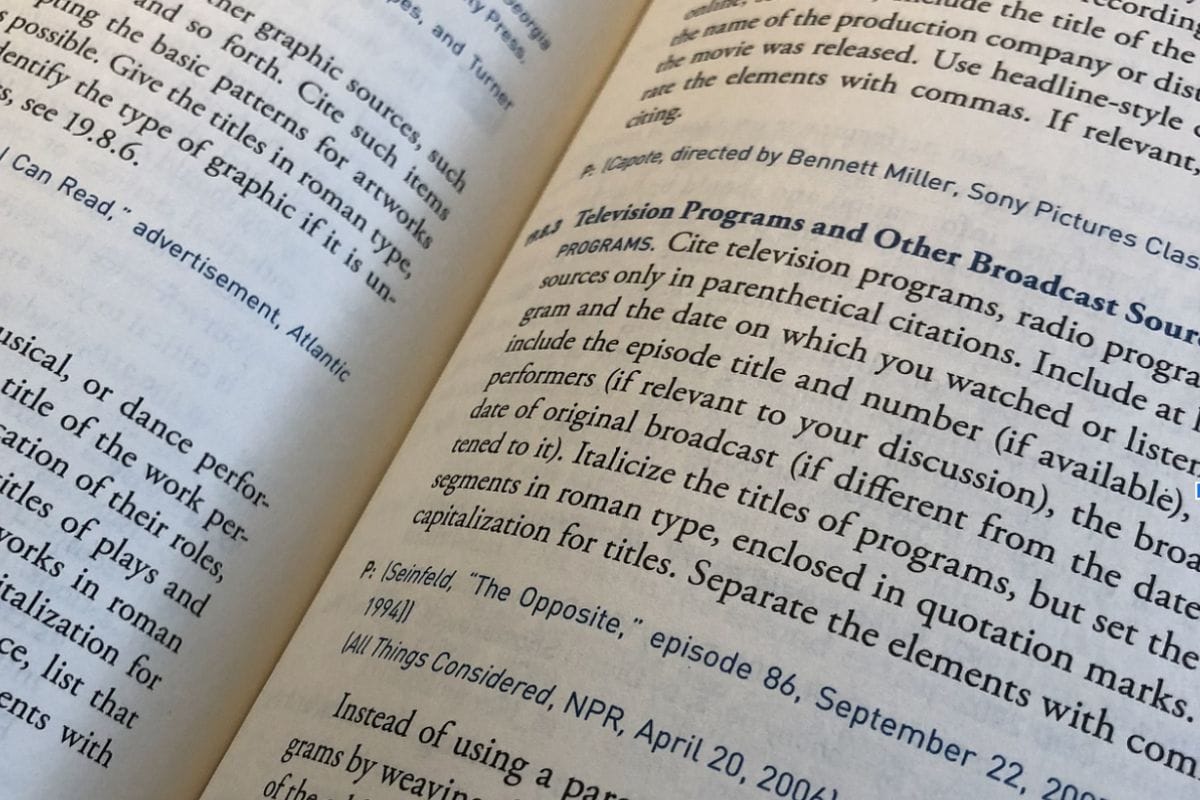If you’ve ever written an academic report or scholarly paper, you’ve likely come across the term bibliography.
It’s one of those academic words which sound intimidating, but are actually quite simple.
This blog is here to crack this and a lot more about bibliographies. You’ll learn how to write a bibliography in all major styles.
We’ll also introduce you to some helpful tools. So let’s begin.
What Is a Bibliography?
A bibliography is just a comprehensive list of all sources you consulted during the research and writing process.
This includes both works you directly quoted or simply paraphrased or consulted for background information.
While bibliography is a list, it’s not at all like your to-do or grocery list. It’s a formatted record of sources that shows readers where your information comes from.
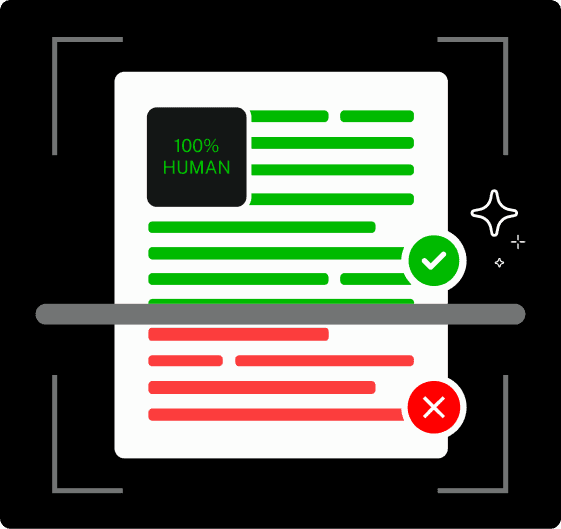
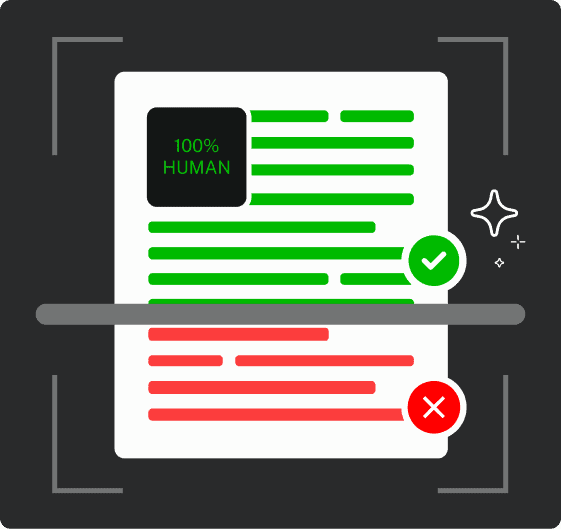
Never Worry About AI Detecting Your Texts Again. Undetectable AI Can Help You:
- Make your AI assisted writing appear human-like.
- Bypass all major AI detection tools with just one click.
- Use AI safely and confidently in school and work.
Each entry includes key details about a source in a certain order. A bibliography entry typically contains the following components:
- Author names: The names of the people who wrote the books, articles, or studies you referenced.
- Titles: The name of the book, journal, or website where the information was found.
- Publication details: The publisher, journal name, or website URL, depending on the type of source.
- Edition/version information: If a book has multiple editions, this specifies the exact one you used.
- Access dates for digital sources: For online sources, noting when you accessed them is crucial since webpages can change or disappear.
For example, a simple book citation in a bibliography might look like this:
- Smith, John. The History of Technology. 2nd ed., Oxford University Press, 2019.
Difference Between a Bibliography and a Works Cited Page
At first glance, the bibliography and works cited sound like they refer to the same thing. This is a common confusion. After all, both involve listing sources. But they aren’t identical.
A bibliography, as mentioned earlier, lists all sources consulted, even those not explicitly referenced in the text.
In contrast, a works cited page is a list of only the sources you’ve directly cited or quoted in your work.
That means only sources you quoted, paraphrased, or cited in your text will show in the works cited list. Nothing more, nothing less.
This makes a bibliography more comprehensive.
Your instructor or publication will specify whether you should use a bibliography or a works cited page.
When and Why You Need a Bibliography
Bibliographies serve two primary functions:
- Providing credit to the original authors
- Enabling source verification
Bibliographies provide credit where it’s due. Every time you borrow an idea, fact, or piece of research, you need to acknowledge the original source.
While providing credit gives respect to the original authors, the main purpose is to avoid plagiarism.
Otherwise, you’re claiming someone’s intellectual property as your own, which is a serious academic offence.
Furthermore, a bibliography allows readers (or your professor) to fact-check your work.
They can consult your sources to confirm your findings or dig deeper into the topic.
Types of Bibliographies
Before learning how to write a bibliography, you should first choose the most appropriate bibliography format for your work.
Yes, bibliographies come in various forms.
Here are the main types of bibliographies.
Annotated Bibliography vs. Standard Bibliography
A standard bibliography is the same as what I discussed previously. It simply lists the bibliographic information for each source.
An annotated bibliography, however, goes a step further. After each citation, you include a brief summary or evaluation of the source.
The annotation typically describes the main arguments or findings of the source. It may also assess the source’s credibility, relevance, or usefulness to the research project.
This is what researchers deem more valuable, so you should focus more on learning how to write a annotated bibliography.
Bibliography for Academic Papers vs. Business Reports
The type of bibliography you use can also depend on the context i.e. the format of your writing.
In academic papers, bibliographies are often detailed and follow strict formatting styles (like APA, MLA, or Chicago).
These styles dictate precise rules for how bibliographic information should be presented, including punctuation, capitalization, and the order of elements.
You might also see annotated bibliographies here, especially in humanities or social sciences.
In business reports, however, you have more flexibility in citation style because the focus is on practicality.
These bibliographies tend to be concise and clear. They may also cite more internal documents or proprietary data than academic bibliographies.
How to Write a Bibliography Step by Step
Now that you have a good understanding of a bibliography, let’s address the main question: how to write a bibliography.
Step 1: Gather Your Sources
Before you begin writing, collect all the sources you used in your research.
For every book, journal, website, or article you reference, make sure you have:
- Author name(s)
- The title of the source
- Publication details (such as the publisher and year)
- Edition or version (if applicable)
- Access dates for digital sources
Step 2: Identify the Correct Citation Style
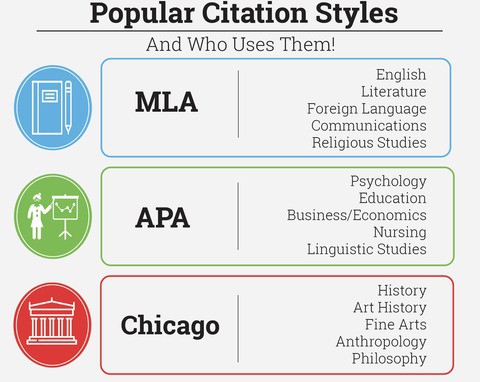
Source: KMS Library
Different assignments and fields of study require different citation styles.
Each style has specific rules for how sources should be listed.
Some common citation styles include:
- MLA (Modern Language Association) – Often used in literature, humanities, and arts
- APA (American Psychological Association) – Common in social sciences, psychology, and education
- Chicago Manual of Style – Frequently used in history and some social sciences
We’ll explore these styles later in the blog.
If you’re unsure which one to use, check with your instructor or refer to your assignment guidelines.
Step 3: Format Each Entry Correctly
Once you know the correct citation style, it’s time to format each source accordingly.
Structure the citations following the style’s rules. The rules are typically about punctuation, italics, and order of information.
And keep in mind that bibliographies are typically double-spaced.
Step 4: Organize Your Sources Alphabetically
Since a bibliography is not an ordinary list, it needs to have proper organization.
In most cases, you should arrange sources in alphabetical order by the author’s last name.
If a source doesn’t have an author, alphabetize it based on the title instead.
In exceptional cases, consult your instructor for guidance.
Step 5: Proofread for Accuracy and Consistency
Finally, carefully review your bibliography for any errors.
Check for:
- Correct spelling of author names and titles
- Proper punctuation and formatting
- Consistent use of the chosen citation style
Lastly, make sure the bibliography is in the same font as the rest of your paper or the one specified in the assignment.
Common Citation Styles and Formatting Rules
Below are some of the most commonly used citation styles and how they structure bibliographies to help you choose the right one for your work.
APA Bibliography Format (American Psychological Association)
The APA style is commonly used in psychology, education, and social sciences.
The style titles bibliographies as “References.”
The basic format of an APA bibliography entry is as follows:
- Books: Author’s Last Name, First Initial. (Year). Title of the book in italics. Publisher.
- Journal Articles: Author’s Last Name, First Initial. (Year). Title of the article. Journal Name in Italics, Volume(Issue), Page Range.
MLA Bibliography Format (Modern Language Association)
MLA is the go-to style for humanities, including literature, philosophy, and the arts.
Here’s how to write a bibliography MLA style:
- Books: Author’s Last Name, First Name. Title of the Book in Italics. Publisher, Year.
- Journal Articles: Author’s Last Name, First Name. “Title of the Article.” Journal Name in Italics, vol. Volume, no. Issue, Year, pp. Page Range.
Creating MLA-style citations manually can get repetitive fast, especially if you’re working with multiple source types like books, websites, and journal articles.
If you want to save time and eliminate the guesswork, try our MLA Citation Generator. It instantly formats your sources in perfect MLA style, complete with punctuation, spacing, and order.
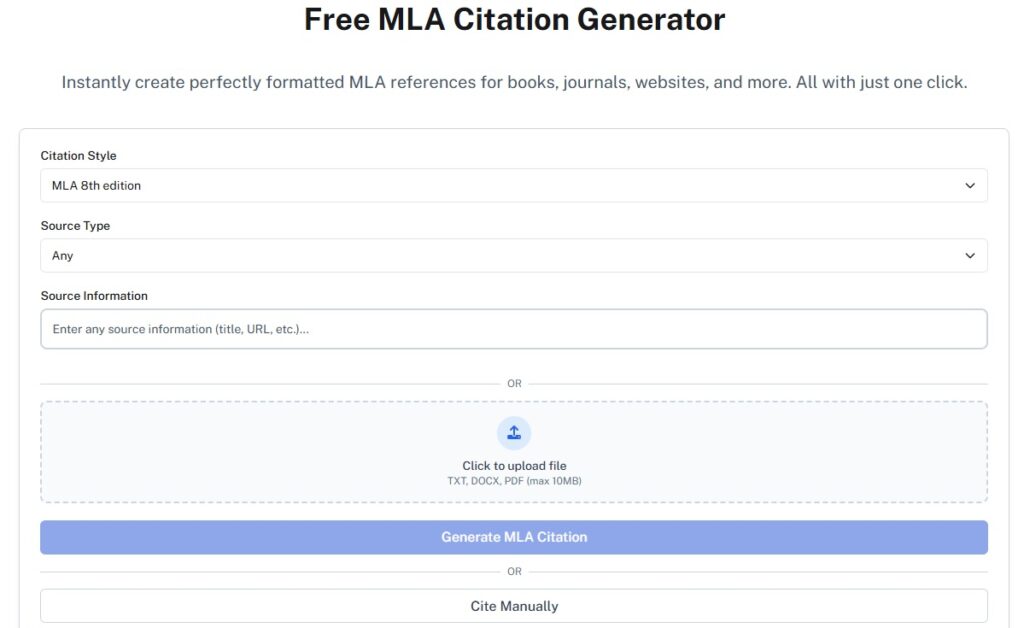
Just enter the author name, title, and a few basic details, and the tool does the rest.
Whether you’re a student pulling an all-nighter or just want to avoid citation errors, this tool makes writing bibliographies feel effortless.
Chicago Style Bibliography (Notes and Bibliography System)
The Chicago Manual of Style offers two citation systems: notes and bibliography and author-date.
The notes and bibliography system, discussed here, is common in history and the fine arts.
Here’s how to format a Chicago bibliography entry:
- Books: Author’s Last Name, First Name. Title of the Book in Italics. Place of Publication: Publisher, Year.
- Journal Articles: Author’s Last Name, First Name. “Title of the Article.” Journal Name in Italics Volume, no. Issue (Year): Page Range.
Harvard Referencing Style Overview
Harvard referencing is common in the UK and Australia, particularly in sciences and social sciences.
Here’s how to format a Harvard bibliography entry:
- Books: Author’s Last Name, First Initial. (Year) Title of the Book in Italics. Edition. Place of Publication: Publisher.
- Journal Articles: Author’s Last Name, First Initial. (Year) ‘Title of the Article,’ Journal Name in Italics, Volume(Issue), pp. Page Range.
Bibliography Examples for Different Source Types
Now that you know how to write a bibliography in major citation styles, let’s see how they apply to different types of sources.
How to Cite Books in a Bibliography
Books are a common source in academic writing, and knowing how to cite them correctly should be at your fingertips.
- APA: Smith, J. (2020). The Art of Writing: A Comprehensive Guide. Penguin Books.
- MLA: Smith, John. The Art of Writing: A Comprehensive Guide. Penguin Books, 2020.
- Chicago: Smith, John. The Art of Writing: A Comprehensive Guide. New York: Penguin Books, 2020.
- Harvard: Smith, J. (2020) The Art of Writing: A Comprehensive Guide. 2nd ed. London: Penguin Books.
Note: The sources are hypothetical throughout the article.
Citing Journal Articles and Academic Papers
Citing journals requires finer details about the source.
- APA: Johnson, L. (2019). The impact of technology on education. Journal of Educational Research, 15(3), 45-60.
- MLA: Johnson, Laura. “The Impact of Technology on Education.” Journal of Educational Research, vol. 15, no. 3, 2019, pp. 45-60.
- Chicago: Johnson, Laura. “The Impact of Technology on Education.” Journal of Educational Research 15, no. 3 (2019): 45-60.
- Harvard: Johnson, L. (2019) ‘The impact of technology on education,’ Journal of Educational Research, 15(3), pp. 45-60.
How to Cite Websites and Online Sources
Online sources require additional details like URLs and access dates.
Here’s how to write a bibliography for a website:
- APA: Smith, J. (2020). The Art of Writing. Retrieved October 10, 2023, from https://www.example.com
- MLA: Smith, John. The Art of Writing. Penguin Books, 2020, www.example.com. Accessed 10 Oct. 2023.
- Chicago: Smith, John. The Art of Writing. 2020. https://www.example.com (accessed October 10, 2023).
- Harvard: Smith, J. (2020) The Art of Writing. Available at: https://www.example.com (Accessed: 10 October 2023).
Citing Videos, Podcasts, and Other Media

Modern types of sources, like videos and podcasts, have their own citation rules.
- APA: Johnson, L. (2019). The Impact of Technology on Education [Video]. YouTube. https://www.youtube.com
- MLA: Johnson, Laura. The Impact of Technology on Education. YouTube, uploaded by Educational Insights, 15 Mar. 2019, www.youtube.com.
- Chicago: Johnson, Laura. The Impact of Technology on Education. 2019. Video, 10:45. https://www.youtube.com.
- Harvard: Johnson, L. (2019) The Impact of Technology on Education. Available at: https://www.youtube.com (Accessed: 10 October 2023).
AI Tools for Writing a Bibliography
The boom of AI has been beneficial for almost all professionals.
You, as a professional researcher also have AI tools at your disposal to help with different tasks, especially compiling a bibliography.
The following tools by Undetectable AI can assist with different stages of bibliography writing:
- AI Paraphraser: It’s important to express cited ideas in your own words while maintaining accuracy. Undetectable AI’s AI paraphraser helps rewrite content clearly and concisely and you can definitely use it for paraphrasing citations.
- AI Plagiarism Checker: A well-researched bibliography means nothing if unintentional plagiarism slips through. Undetectable AI’s plagiarism checker ensures that all sources are properly credited by identifying any overlooked similarities.
- APA Citation Generator: Formatting every entry manually can be time-consuming — and easy to mess up. It instantly builds clean, APA-style citations from any source. Just drop in the details, and it handles everything from punctuation to indentation. It’s the fastest way to create a complete, accurate bibliography that’s ready to submit.
You can also test our AI Humanizer in the widget below!
Final Words
Learning how to write a bibliography gets much easier by choosing the correct style and following the correct process.
It’s common to face abnormalities while compiling bibliographies for certain sources.
But know that AI and loads of citation tools on the internet are by your side.
Sign up for Undetectable AI, and let’s get down to business.
